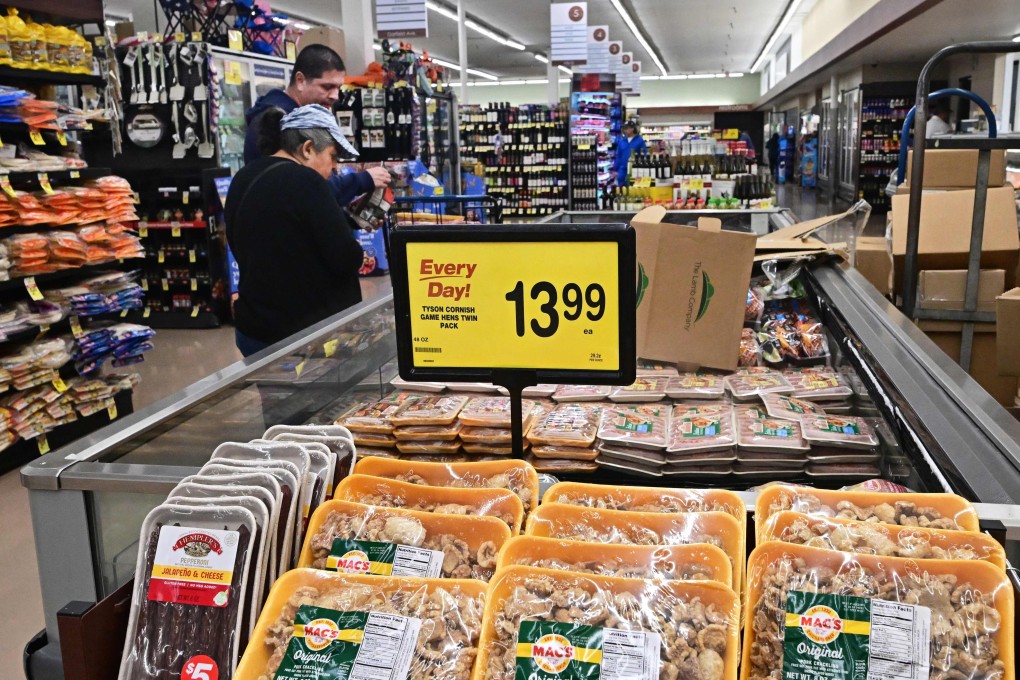Small US inflation pickup in July will do little to derail the Fed’s rate cut in September
- July’s consumer price index is expected to have risen 0.2 per cent from June, at the slowest pace seen since early 2021

US inflation probably picked up modestly in July, but not enough to derail the Federal Reserve from a widely anticipated interest-rate cut next month.
The consumer price index on Wednesday is expected to have risen 0.2 per cent from June for both the headline figure and the so-called core gauge that excludes food and energy. While each would be an acceleration from June, the annual metrics should continue to rise at some of the slowest paces seen since early 2021.
The recent easing of price pressures has bolstered Fed officials’ confidence that they can start to lower borrowing costs while refocusing their attention on the labour market, which is showing greater signs of slowing.
The July jobs report showed US employers substantially scaled back hiring and the unemployment rate rose for a fourth month, triggering a key recession indicator and contributing to a global stock market sell-off.

Should the CPI come in as expected, it would indicate that inflation remains on a downward trend, and economists reckon a slight pickup is due after June’s surprisingly low reading. They see the reversal largely stemming from what’s known as core services excluding housing – a key category watched by policymakers. Some forecasters are also flagging an upside risk to goods prices given higher shipping costs.
However, the long-awaited slowdown in shelter costs that started in June should continue. That category comprises about a third of the overall CPI and is a big determinant of the broader inflation trend.
